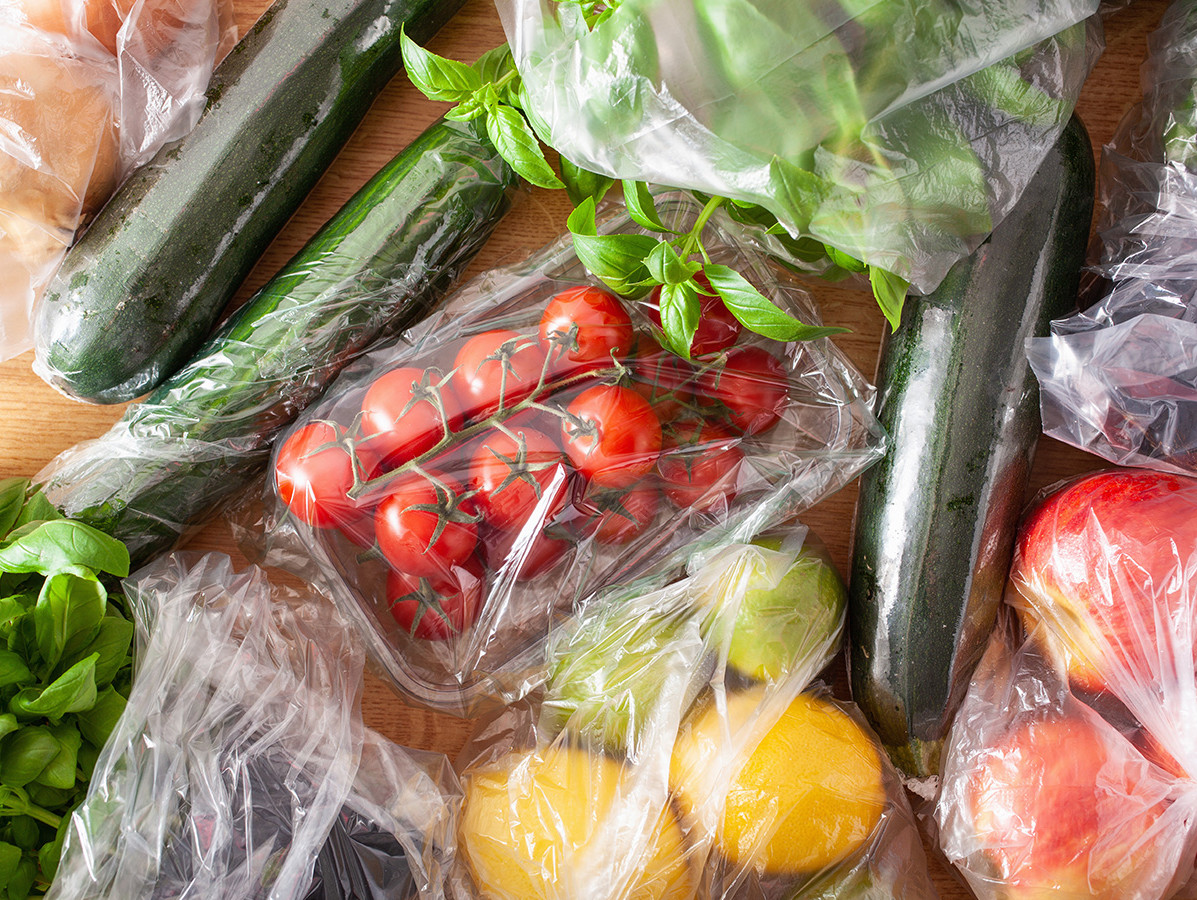
The European Commission wants to reduce packaging waste by imposing stricter rules. For example, companies will have to offer a certain percentage of their products in reusable or refillable packaging and disposable, single-use and mini packaging will be banned.
Packaging is one of the main users of virgin materials as 40% of plastics and 50% of paper used in the EU is destined for packaging. Without action, the EU would see a further 19% increase in packaging waste by 2030, and for plastic packaging waste even a 46% increase.
The new rules aim to stop this trend. For consumers, they will ensure reusable packaging options, get rid of unnecessary packaging, limit overpackaging, and provide clear labels to support correct recycling. For the industry, they will create new business opportunities, especially for smaller companies, decrease the need for virgin materials, boosting Europe's recycling capacity as well as making Europe less dependent on primary resources and external suppliers. The Commission also brings clarity to consumers and industry on biobased, compostable and biodegradable plastics.
The proposals are key building blocks of the European Green Deal's Circular Economy Action Plan and its objective to make sustainable products the norm.
The proposed revision of the EU legislation on Packaging and Packaging Waste has three main objectives:
Many measures aim to make packaging fully recyclable by 2030. This includes setting design criteria for packaging; creating mandatory deposit return systems for plastic bottles and aluminium cans; and making it clear which very limited types of packaging must be compostable so that consumers can throw these to biowaste.There will also be mandatory rates of recycled content that producers have to include in new plastic packaging. This will help turn recycled plastic into a valuable raw material.
Every piece of packaging will carry a label showing what the packaging is made of and in which waste stream it should go. Waste collection containers will carry the same labels. The same symbols will be used everywhere in the EU.
By 2030, the proposed measures would bring greenhouse gas emissions from packaging down to 43 million tonnes compared to 66 million if the legislation is not changed – the reduction is about as much as the annual emissions of Croatia. Water use would be reduced by 1.1 million m3. The costs of environmental damage for the economy and society would be reduced by €6.4 billion relative to the baseline 2030.
Single-use packaging industries will have to invest into a transition, but the overall economic and job creation impact in the EU is positive. Boosting reuse alone is expected to lead to more than 600,000 jobs in the reuse sector by 2030, many of them at local small and medium sized companies. We expect much innovation in packaging solutions making it convenient to reduce, reuse and recycle. Measures are also expected to save money: each European could save almost €100 per year, if businesses translate savings to consumers.
A number of conditions have to be met for biobased, biodegradable and compostable plastics to have positive environmental impacts:
The proposal on packaging and packaging waste will be considered by the European Parliament and the Council, in the ordinary legislative procedure. The policy framework on biobased, biodegradable and compostable plastics will guide future EU work on this issue.
Source: Europese Commissie